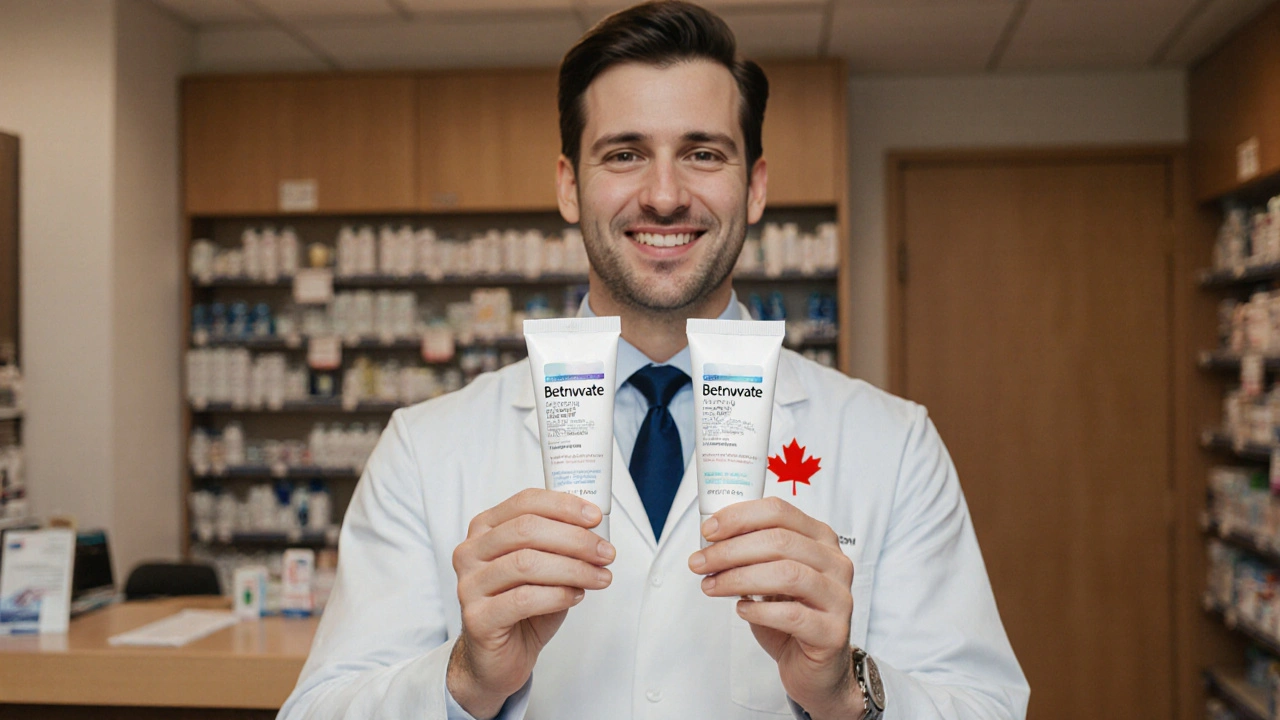Topical Steroid Alternatives for Everyday Skin Care
If you’ve been told to avoid steroid creams, you’re not alone. Many people worry about thinning skin, stretch marks, or hormonal effects from long‑term use. The good news is there are plenty of other products that can calm redness, itching, and swelling without those downsides. Below you’ll find clear, practical choices you can try at home or discuss with your doctor.
Why look for alternatives?
Topical steroids are powerful, but they aren’t the best fit for everyone. Sensitive skin, frequent flare‑ups, or a need for long‑term treatment can make side‑effects more likely. Some insurance plans also limit steroid prescriptions, pushing you to find other ways to manage eczema, psoriasis, or dermatitis. Knowing the risks helps you weigh the benefits of a milder approach.
Popular non‑steroid options
Calcineurin inhibitors like tacrolimus (Protopic) and pimecrolimus (Elidel) are prescription creams that suppress the immune response without thinning skin. They work well for facial eczema and can be used longer than steroids, though they may cause a mild burning sensation at first.
Moisturizers and barrier repair creams are the backbone of any skin plan. Thick ointments with petrolatum, ceramides, or hyaluronic acid keep the skin hydrated, which reduces itch and the need for stronger meds. Apply right after a shower to lock in moisture.
Over‑the‑counter anti‑inflammatories such as zinc oxide, calamine lotion, or colloidal oatmeal baths provide soothing relief for mild outbreaks. They’re gentle enough for children and pregnant women, and they target irritation without altering skin biology.
Natural extracts like aloe vera gel, chamomile cream, or green tea extract have modest anti‑inflammatory properties. While they won’t replace prescription meds for severe disease, they can calm minor redness and are great for maintenance.
Light therapy (narrow‑band UVB) is an office‑based option that reduces immune activity in the skin. It’s a steroid‑free method used for chronic psoriasis and eczema when creams aren’t enough.
When you try a new product, start with a small area and watch for any irritation. If a cream feels greasy or causes a rash, stop and try a different formula. Consistency is key—most alternatives need a few days of regular use before you notice improvement.
Talk to your dermatologist about a rotation plan. Some doctors prescribe a short course of a low‑potency steroid to get a flare under control, then switch to a calcineurin inhibitor or moisturizer for maintenance. This approach balances fast relief with long‑term safety.
Remember that lifestyle habits also affect skin health. Reducing stress, avoiding harsh soaps, and wearing breathable fabrics can cut down on flare‑ups. Pairing these habits with a solid non‑steroid regimen often gives better results than relying on steroids alone.
Bottom line: you have plenty of choices beyond steroids. Whether you prefer prescription creams, barrier moisturizers, or natural soothing agents, there’s an option that fits your skin type and comfort level. Keep a short list of products you like, and discuss them with your healthcare provider to build a personalized plan that keeps irritation at bay without unwanted side‑effects.
Betnovate (Betamethasone) vs Alternative Steroid Creams: Comparison Guide
A detailed comparison of Betnovate (betamethasone) with other topical steroids, covering potency, uses, side effects and how to choose the right cream.

